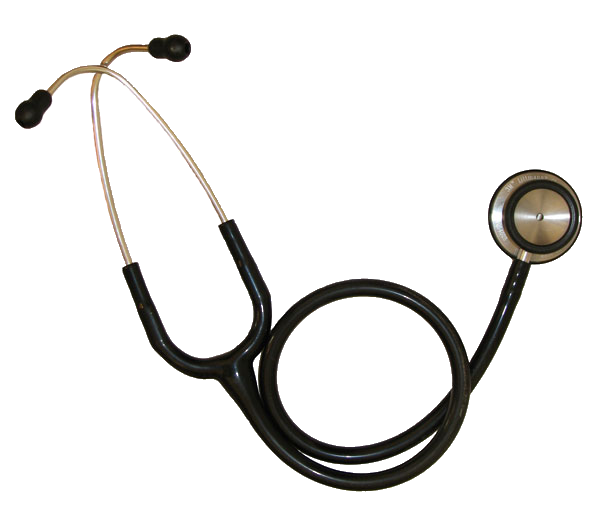A lesson from Ukraine crisis- Decentralisation can help greatly to correct the mismatch between need and availability of medical personnel

As thousands of medical students from India have recently faced extreme difficulties and risks in Ukraine, a lot of attention has been drawn to the anomaly of a very large number of Indian medical students going to study in difficult conditions in many countries, Ukraine being only to them, when there is such a big need for more doctors in their home country.Hence it has been argued that adequate opportunites for medical eduation should be available within India.
In the ensuing debate, it has been pointed out that some 16 lakh students take NEET, some 8 lakh qualify, and actually there are only about 90,000 seats. In addition an important recent finding of a study group, led by Anup Karan of the Indian Institute of Public Health, has been cited. This says, “Active health workers’ density of doctors and nurses/midwives ( in India) is estimated at 6.1 and 10.6 respectively. The numbers drop to 5.0 and 6.0, respectively, after accounting for adequate qualification. These estimates are well-below the WHO threshold of 44.5 doctors, nurses and midwives per 10,000 population.”
Clearly there is a huge gap in aligning important needs of people with the aspirations of those who are eager to provide these needs.
It is the job of government policy and planning to fill this gap. Much can be done at several levels. This is impotant not just in the context of medical personnel but in the context of several other important services as well. My suggestion here is for a highly decentralized approach.
There is clearly need for strengthening government health system at decentralized level and more specifically at district level as well as village level. Big improvements are needed in primary health centers, community health centers and district hospitals. This system should be made capable of meeting about 90 per cent of health needs of people living in a district at a very low cost to them, with the provision of entirely free care for the poorest, with only very limited need for referring highly complicated and specialized cases to higher levels of government or private care. For securing such a capable health care system, the budget at this level needs to be increased several times, backed by improved management, strict curbs on corrupt practices, adequate supply of low-cost generic medicines and people’s supportive activities for the success of decentralized health system, including emphasis on preventive aspects.
The need for doctors and all other medical personnel within the government health system will increase in all districts with such improvement and expansion.Within such a health system, at district level itself, the planning for adequate medical personnel including doctors should take place, with local exams being held for various categories of medical personnel. In the case of closely integrated districts, as in urban areas, two or more neighboring districts can be grouped together for this effort, if it is more practical to do so.
All those selected should get low cost, good quality medical education (entirely free for the poorest among the qualifying), linked not just to district hospitals but even to primary health centers and community health centers. This is important also for learning the basics of rural medicare.
The students who opt to receive this very low cost education will be asked to commit themselves to serving at least for a decade within the district, where they will be assured (after qualifying) well paid jobs as doctors and other health personnel for which they have been trained, as also provided housing and other essential facilities, by the government health system. At the same time, within this same system, high fee education can be accessed by others who refuse to make such a commitment, and they will be free to practise privately or exercise other options.
A system of rewards and honours for those who serve well in rural areas and slum communities can be established. Medical journals not just in English but even in local languages can be started even at district level to document such efforts and their learnings. Research and efforts can be an important part of this district level decentralized system, with linkages.
Hence there will be a clear match between what is needed and the aspirations of the young in meeting these needs in terms of dignified and well-paid, assured, longer-term livelihoods close to home. Similar decentralized planning can lead to a match between meeting the needs of other sectors in a much better way by linking needs to aspirations.
The writer is Honorary Convener, Campaign to Save Earth Now. His recent books include Planet in Peril and India’s Quest for Sustainable Farming and Healthy Food.











































